Fentanyl Patches
$300.00 – $1,500.00Price range: $300.00 through $1,500.00
Fentanyl Patches
Available dosages: 75 mcg/h & 100 mcg/h Patches
Manufacturers: Sandoz Pharmaceutical Co., Mylan & PriCara
Delivery time:
USA: 4 to 24 hours
Canada: 1 to 2 Days
International Delivery: 3 to 4 Days
Buy fentanyl patches online without prescription
Buy fentanyl patches online from Alpha better . Fentanyl is a potent, synthetic opioid pain medication with a quick onset and short duration of action. Fentanyl is 70 to 110 times more potent than morphine, but some fentanyl analogs, which are designed to resemble the pharmacological effects of the original drug, maybe as much as 9,999 times more potent than morphine. The widespread use of fentanyl triggered the production of fentanyl citrate which entered medical use as a general anesthetic under the trade name Sublimaze in the 1960s. Buy fentanyl online
In the 1990s, fentanyl was introduced for pain relief use with the fentanyl patch, followed in the next decade by the introduction of the fentanyl lollipop, dissolving tablets, and sublingual sprays which are absorbed through the tissues inside the mouth. From 2012, fentanyl is the most widely used synthetic opioid in medicine and 1700 kilograms is consumed globally.
Fentanyl is also used as a recreational drug, leading to thousands of overdose deaths from 2000 to 2017.
Use
Intravenous fentanyl is often used for anesthesia(used along with propofol) and pain relieving. It is often used in the management of chronic pain including cancer pain. It is also administered in combination with a benzodiazepine, such as midazolam, to produce sedation for procedures such as endoscopy, cardiac catheterization, and oral surgery.
How should this medicine be used?
Transdermal fentanyl comes as a patch to apply to the skin. The patch is usually applied to the skin once every 72 hours. Change your patch at about the same time of day every time you change it. Follow the directions on your prescription label carefully, and ask your doctor or pharmacist to explain any part you do not understand. Apply fentanyl patches exactly as directed.
Your doctor may start you on a low dose fentanyl patch and gradually increase your dose, not more often than once every 3 days at first, and then not more often than once every 6 days. Your doctor may adjust your dose during your treatment, depending on how well your pain is controlled and on the side effects that you experience. Talk to your doctor about how you are feeling during your treatment with fentanyl patches. Tell your doctor if you feel that your pain is not controlled or if your pain increases, becomes worse, or if you have new pain or an increased sensitivity to pain during your treatment with fentanyl patches.
Fentanyl patches are only for use on the skin. Do not place patches in your mouth or chew or swallow the patches.
Do not stop using fentanyl patches without talking to your doctor. Your doctor will probably decrease your dose gradually. If you suddenly stop using fentanyl patches you may have symptoms of withdrawal. Call your doctor if you experience any of these symptoms of withdrawal: restlessness, teary eyes, runny nose, yawning, sweating, chills, muscle pain, large pupils (black circles in the center of the eyes), irritability, anxiety, backache, pain in the joints, weakness, stomach cramps, difficulty falling asleep or staying asleep, nausea, loss of appetite, vomiting, diarrhea, fast heartbeat, or rapid breathing.
Do not use a fentanyl patch that is cut, damaged, or changed in any way. If you use cut or damaged patches, you may receive most or all of the medication at once, instead of slowly over 3 days. This may cause serious problems, including overdose and death.
You may bathe, swim, or shower while you are wearing a fentanyl patch. If the patch falls off during these activities, dispose of it properly. Then dry your skin completely and apply a new patch to a different skin area. Leave the new patch in place for 72 hours after you apply it.
You can apply a fentanyl patch to your chest, back, upper arms, or the sides of your waist. If you are applying the patch to a child or to a person who is unable to think clearly, choose an area on the upper back to make it more difficult for the person to remove the patch and place it in his or her mouth. Choose an area of skin that is flat and hairless. Do not apply the patch to parts of the body that move a lot or to skin that has been exposed to radiation or that is sensitive, very oily, broken out, irritated, broken, cut or damaged. If there is hair on the skin, use scissors to clip the hair as close to the skin as possible. Do not shave the area.
To apply the patch, follow these steps:
- Clean the area where you plan to apply the patch with clear water and pat completely dry. Do not use any soaps, lotions, alcohols, or oils.
- Tear open the pouch containing the fentanyl patch, starting at the slit. Remove the patch from the pouch and peel off both parts of the protective liner from the back of the patch. Try not to touch the sticky side of the patch.
- Immediately press the sticky side of the patch onto the chosen area of skin with the palm of your hand.
- Press the patch firmly for at least 30 seconds. Be sure that the patch sticks well to your skin, especially around the edges.
- If the patch does not stick well or comes loose after it is applied, tape the edges to your skin with first aid tape. If the patch still does not stick well, you may cover it with Bioclusive® orAskina® Derm brand see-through dressings. Do not cover the patch with any other type of bandage or tape.
- If a patch falls off before it is time to remove it, dispose of the patch properly. Apply a new patch to a different skin area and tell your doctor that this happened. Leave the new patch in place for 72 hours.
- When you are finished applying the patch, wash your hands with water right away.
- When it is time to change your patch, peel off the old patch and apply a new patch to a different skin area.
- After you remove your patch, fold it in half with the sticky sides together and flush it down a toilet.
Other uses for this medicine
This medication is sometimes prescribed for other uses; ask your doctor or pharmacist for more information.
What special precautions should I follow?
Before using fentanyl patches,
- tell your doctor and pharmacist if you are allergic to fentanyl, or any other medications, or any of the ingredients in fentanyl patches. Ask your doctor or pharmacist or check the Medication Guide for a list of the ingredients.
- tell your doctor or pharmacist if you are taking the following medications or have stopped taking them within the past two weeks: isocarboxazid (Marplan), linezolid (Zyvox), methylene blue, phenelzine (Nardil), selegiline (Emsam, Zelapar), or tranylcypromine (Parnate).
- The following nonprescription or herbal products may interact with fentanyl: St. John’s wort and tryptophan. Be sure to let your doctor and pharmacist know that you are taking these medications before you start using fentanyl patches. Do not start these medications while using fentanyl patches without discussing it with your healthcare provider.
- tell your doctor if you have or have ever had any of the conditions mentioned in the IMPORTANT WARNING section, a blockage or narrowing of your stomach or intestines, or paralytic ileus (condition in which digested food does not move through the intestines). Your doctor may tell you not to use fentanyl patches.
- tell your doctor if you have or have ever had seizures; slowed heartbeat; difficulty urinating; low blood pressure; adrenal insufficiency (condition in which the adrenal glands do not produce enough of certain hormones needed for important body functions); diabetes; or thyroid, heart, liver, pancreas, gallbladder, or kidney disease.
- tell your doctor if you are breastfeeding. You should not breastfeed while you are using fentanyl patches. Fentanyl can cause shallow breathing, difficulty or noisy breathing, confusion, more than usual sleepiness, trouble breastfeeding, or limpness in breastfed infants.
- you should know that this medication may decrease fertility in men and women. Talk to your doctor about the risks of using fentanyl transdermal patch.
- if you are having surgery, including dental surgery, tell the doctor or dentist that you are using fentanyl patches.
- you should know that this medication may make you drowsy. Do not drive a car, operate machinery, or do other possibly dangerous activities until you know how this medication affects you.
- you should know that fentanyl patches may cause dizziness, lightheadedness, and fainting when you get up too quickly from a lying position. This is more common when you first start using fentanyl patches. To avoid this problem, get out of bed slowly, resting your feet on the floor for a few minutes before standing up.
- you should know that fentanyl patches may cause constipation. Talk to your doctor about changing your diet or using other medications to prevent or treat constipation while you are using fentanyl patches.
Side Effects
- mood changes
- feeling cold
- drowsiness
- depression
- difficulty falling asleep or staying asleep
- uncontrollable shaking of a part of the body
- pain, burning, tingling, or numbness in the hands or feet
- dry mouth
- stomach pain
- indigestion
- back pain
Best Place to Buy Fentanyl Patches Online Without Prescription Safely
At Alpha Better Medication Shop Online, Best Place to buy fentanyl patches online without prescription safely and secure buy Fentanyl (Patches) online without prescription. Products are of the best quality from FDA Approved facilities. Packaging is safe and shipping is 100% discreet and delivery is very fast. Order now. We ship with various express mail delivery services like DHL, FedEx, UPS, EMS, TNT .
Forms and strengths
- Generic: fentanyl
- Form: transdermal patch
- Strengths: 12.5 micrograms (mcg)/hour, 25 mcg/hour, 37.5 mcg/hour, 50 mcg/hour, 62.5 mcg/hour, 75 mcg/hour, 87.5 mcg/hour, and 100 mcg/hour
- Brand: Duragesic
- Form: transdermal patch
- Strengths: 12.5 mcg/hour, 25 mcg/hour, 37.5 mcg/hour, 50 mcg/hour, 75 mcg/hour, and 100 mcg/hour
Dosage for severe chronic pain
Adult dosage (ages 18–64 years)
- Your doctor will base your starting dosage on the type of drug and dosage you currently take to control pain. Your doctor will prescribe the least amount of fentanyl to control your pain, with the least amount of side effects.
- Your doctor may increase your dosage based on your level of pain. Your dosage won’t be increased sooner than 3 days after you take your first dose. After that, your doctor may increase your dosage every 6 days as needed.
- Your doctor will regularly check to see if you still need to keep using this drug.
- You should change your patch every 72 hours.
Child dosage (ages 2–17 years)
- Your doctor will base your child’s starting dosage on the type of drug and dosage your child currently takes to control pain. Your doctor will prescribe the least amount of fentanyl to control your child’s pain, with the least amount of side effects.
- Your doctor may increase your child’s dosage based on your child’s level of pain. The dosage won’t be increased sooner than 3 days after your child takes the first dose. After that, your doctor may increase the dosage every 6 days as needed.
- Your doctor will regularly check to see if your child still needs to keep using this drug.
- You should change your child’s patch every 72 hours.
Child dosage (ages 0–1 years)
Fentanyl transdermal patch hasn’t been established as safe or effective for use in children younger than 2 years.
Senior dosage (ages 65 years and older)
The kidneys of older adults may not work as well as they used to. This can cause your body to process drugs more slowly. As a result, more of a drug stays in your body for a longer time. This increases your risk of side effects.
Your doctor may start you on a lowered dosage or a different dosing schedule. This can help keep levels of this drug from building up too much in your body.
Special dosage considerations
- For people with liver disease: Your doctor may start with half the usual dose or avoid use, depending on how severe your disease is.
- For people with kidney disease: Your doctor should start with half the usual dose or avoid use, depending on how severe your disease is.
| PATCHES | 2 Carton ( 5 Patches ) of 100 mgc/h, 2 Carton ( 5 Patches ) of 75mgc/h, 4 Carton ( 10 Patches ) of 100 mgc/h, 4 Carton ( 10 Patches ) of 75 mgc/h, 6 Carton ( 5 Patches ) of 100 mgc/h, 6 Carton ( 5 Patches ) of 75mgc/h, 10 Carton ( 10 Patches ) of 100 mgc/h, 10 Carton ( 10 Patches ) of 75 mgc/h |
|---|

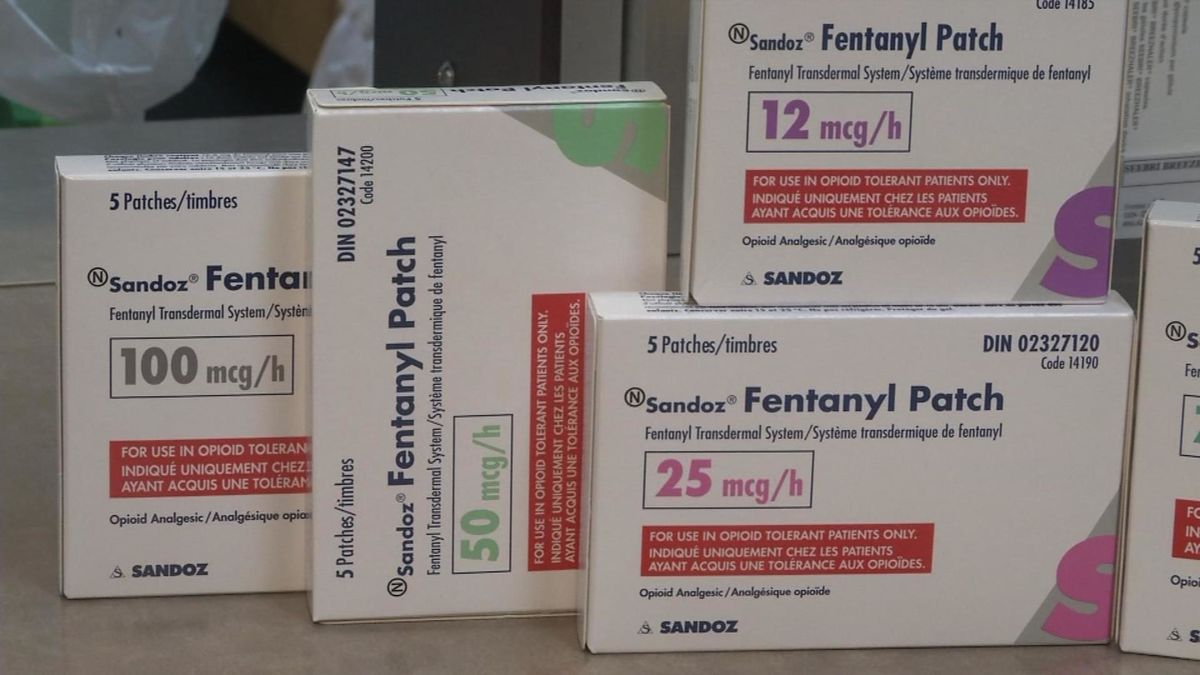
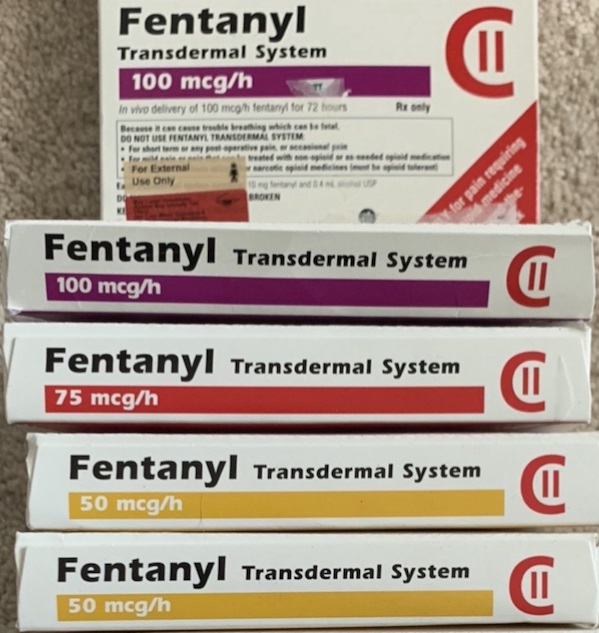
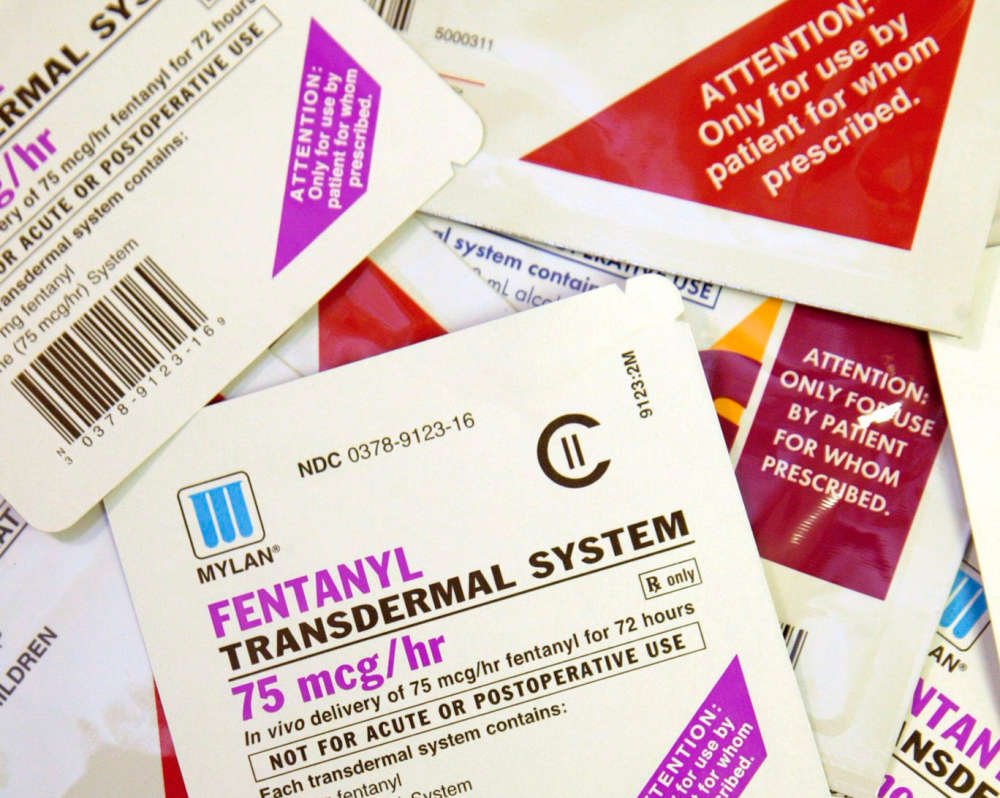
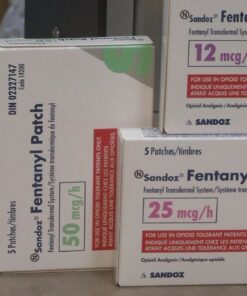
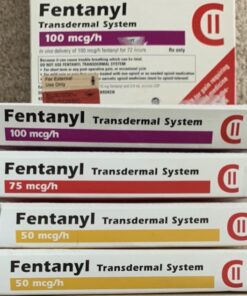

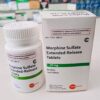
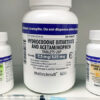
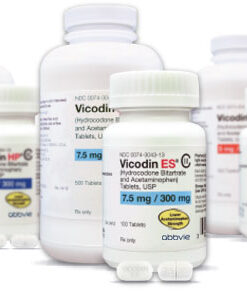

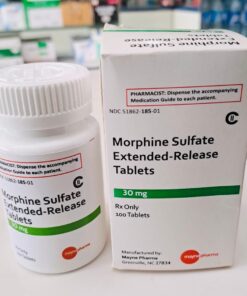
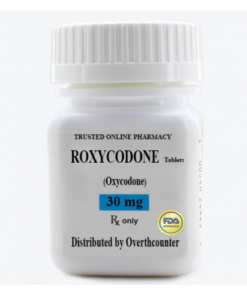

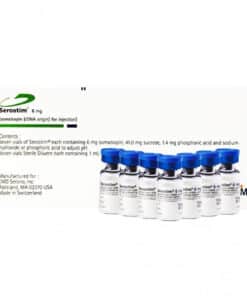
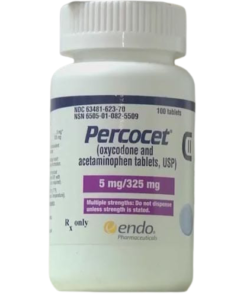
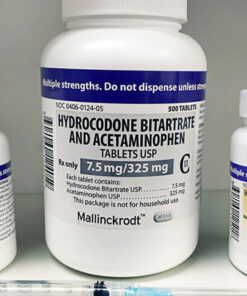
Reviews
There are no reviews yet.